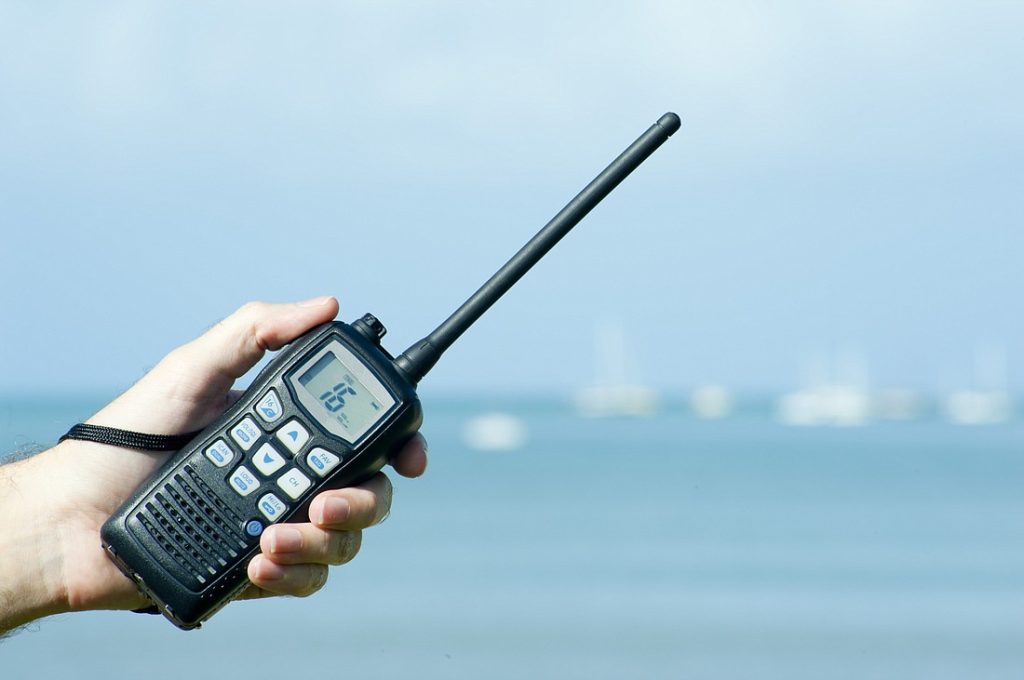
Introduction to Emergency Communication Tools
Emergency Communication Tools are essential systems designed to deliver accurate, timely, and reliable information during critical situations. In today’s fast-paced environment, organizations, hospitals, schools, and businesses need these solutions to ensure safety and maintain continuity. By integrating Emergency communication tools with Safety Chat platforms, communication becomes faster, more structured, and more effective in life-threatening situations.
The Role of Emergency Communication Tools in Modern Safety
Emergency Communication Tools play a vital role in safeguarding people by providing real-time updates and alerts. These tools are used in healthcare, corporate offices, educational institutions, and government organizations to quickly inform individuals about emergencies such as natural disasters, fire hazards, workplace accidents, or security threats. Without Emergency Communication Tools, organizations risk delayed responses, which can worsen emergencies and compromise safety.
Why Safety Chat Platforms Enhance Emergency Communication Tools
Safety Chat platforms improve how Emergency Communication Tools function by adding instant communication and team collaboration features. Instead of relying only on emails or sirens, organizations can deliver targeted and clear safety instructions directly through chat applications. Emergency Communication Tools combined with chat platforms allow employees, students, or healthcare staff to interact, ask questions, and confirm responses, ensuring everyone is aligned during emergencies.
Key Features of Emergency Communication Tools in Safety Chat
Emergency Communication Tools provide several features that work seamlessly with Safety Chat systems. These include:
- Real-Time Alerts: Instant notifications that reach individuals within seconds.
- Two-Way Communication: Allowing recipients to respond, acknowledge, or request assistance.
- Multi-Channel Messaging: Delivering alerts via SMS, emails, push notifications, and chat platforms.
- Integration with Safety Chat: Direct updates in chat rooms for teams, departments, or facilities.
These functions make Emergency Communication Tools reliable, interactive, and easy to implement across industries.
Emergency Communication Tools in Healthcare Safety Chat
In hospitals, Emergency Communication Tools integrated with Safety Chat ensure doctors, nurses, and staff receive real-time instructions. For example, if there is a power outage, a fire hazard, or a sudden influx of patients, these tools enable hospital management to coordinate teams quickly. The combination of Emergency Communication Tools and Safety Chat reduces delays and improves patient care during emergencies.
Emergency Communication Tools in Workplace Safety
Workplace safety relies heavily on fast communication. Emergency Communication Tools integrated with Safety Chat help businesses manage fire drills, workplace accidents, or hazardous material leaks. Employees can receive notifications, confirm their safety, and follow step-by-step evacuation instructions directly from Safety Chat. This integration minimizes confusion and creates a culture of preparedness.
Benefits of Using Emergency Communication Tools with Safety Chat
Emergency Communication Tools combined with Safety Chat platforms provide several benefits, including:
- Faster communication during critical events
- Enhanced employee engagement and feedback
- Improved safety compliance and accountability
- Reduced panic and misinformation
- Streamlined emergency response protocols
These advantages demonstrate how Emergency Communication Tools are essential for improving safety measures across different sectors.
Emergency Communication Tools for Remote Teams
With remote work becoming more common, Emergency Communication Tools must support dispersed teams. Safety Chat platforms allow businesses to notify employees instantly about cybersecurity threats, weather warnings, or network outages. By using Emergency Communication Tools in remote setups, organizations maintain productivity while ensuring employees remain safe and informed.
How Emergency Communication Tools Improve Emergency Preparedness
Emergency Communication Tools not only help during emergencies but also strengthen preparedness. Safety Chat platforms allow organizations to conduct drills, share safety guidelines, and educate teams. Through real-time collaboration, Emergency Communication Tools ensure that staff are well-trained to respond effectively when real emergencies occur.
The Future of Emergency Communication Tools with AI in Safety Chat
Technology continues to evolve, and Emergency Communication Tools are becoming smarter with AI and automation. Integrated with Safety Chat, these tools can analyze data, detect patterns, and trigger alerts before situations escalate. For instance, AI-driven Emergency Communication Tools can detect fire alarms, suspicious activities, or unusual patterns in workplace safety, and automatically notify employees through Safety Chat.
Choosing the Right Emergency Communication Tools for Safety Chat
Organizations must carefully select Emergency Communication Tools that align with their needs. The ideal system should integrate seamlessly with Safety Chat, support multiple communication channels, allow customization, and ensure secure data handling. Choosing the right Emergency Communication Tools ensures maximum efficiency in managing crises and safeguarding people.
Conclusion on Emergency Communication Tools and Safety Chat Integration
Emergency Communication Tools are indispensable for modern safety strategies. When paired with Safety Chat platforms, these tools provide instant communication, collaboration, and effective emergency management. From healthcare to corporate workplaces, Emergency Communication Tools enhance safety, reduce risks, and save lives. By embracing the integration of Emergency Communication Tools and Safety Chat, organizations build resilience and prepare for emergencies with confidence.



